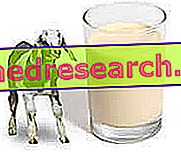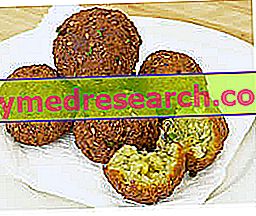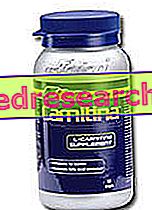Nutritional properties and flavor
A very important food in the history of human nutrition, goat's milk, after having recorded a net contraction in consumption at the beginning of the 20th century, is now regaining lost prestige. Its dietary - nutritional properties are indeed noteworthy, making it a valid substitute for traditional cow's milk.
Compared to the latter, the lipid fraction of goat's milk is distinguished by the smaller size of the lipid globules and by the higher content of short and medium chain fatty acids.

Another interesting nutritional aspect concerning this category of fatty acids typical of goat's milk (butyric, capric, caprylic, caproic, lauric), is the absence of the atherogenic power that characterizes long chain fatty acids and in particular palmitic acid. In fact, although belonging to the category of saturated, the short and medium fatty acids present in goat milk have no negative effect on the body's cholesterol level.
The proteins of goat's milk are very similar to those of cow's milk; among the amino acids the greater content in taurine stands out (the same substance present in many energy drinks and whose role and need has not yet been completely clarified).
As for nutrient microelements, goat milk has concentrations similar to those of cow's milk, with the exception of vitamin B12 which is present in clearly lower concentrations. Like his "adversary" he is therefore rich in calcium, phosphorus, potassium and riboflavin.
Goat milk, food intolerances and allergies
The differences listed so far are exclusively of a qualitative nature, as overall goat milk has a protein, fat and lactose content very similar to the vaccine (for this reason it is not suitable for those suffering from cow's milk intolerance). On the other hand, it should be emphasized that these characteristics also vary considerably depending on the breed, the climate, but also on the lactation stage and foraging of the animal.
Like the vaccine, goat's milk, as it is, is not suitable to replace the maternal one in the feeding of the newborn ; between the two there are in fact significant chemical and nutritional differences.
In the presence of an allergy to cow's milk the same problem almost always exists even for goat's milk; bad information can therefore generate a lot of confusion. It is good to know, in fact, that goat's milk does not seem to have advantages from an allergological point of view compared to the cow's one (in literature there are only timid hints about the possible "antiallergic" role of particular proteins, but there is no confirmation about it).
According to what has been said so far, goat's milk is far from being that miraculous food painted by producers and traders. To say that in practice is equivalent to that of cow certainly does not mean to diminish its nutritional properties, given the extraordinary wealth of nutritional principles that unite them. When combined with individual preferences, goat's milk can therefore become an integral part of a varied, balanced and healthy diet.



